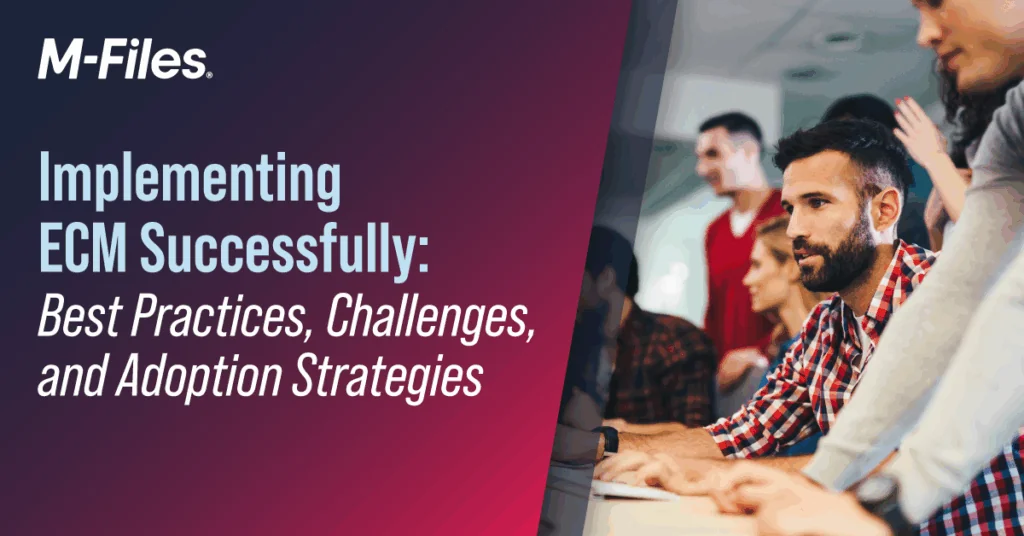Addressing DMS Challenges and Support

Adopting a Document Management System can lead to major improvements in productivity, security, and collaboration, but it is not without its challenges. From technical hiccups to user resistance, organizations need to plan carefully and rely on strong vendor support to get the most out of their investment.
This article covers common DMS challenges, how to handle updates, what support options are available, and how a DMS can help simplify processes like invoice management.
What are the common challenges when deploying a DMS?
The most common challenges when deploying a DMS include user adoption, poor planning, and underestimating the complexity of migration:
- Users may be resistant to change if the system feels unfamiliar or adds extra steps
- Migrating documents from existing folders or paper systems can take time and planning
- Inconsistent metadata or workflows can lead to confusion and disorganization
- Integration with other business systems may require technical resources
The best way to overcome these issues is through early communication, pilot testing, and strong training. Start small, set clear goals, and measure early wins to build momentum.
Some vendors, such as M-Files, provide guided implementation and onboarding services to help teams move past early friction. Proper planning is key (our Ultimate Guide to DMS highlights what to expect and how to prepare).
Is technical support typically included with a DMS subscription?
Yes. Most DMS vendors include some level of technical support as part of their subscription plans. This usually covers:
- Access to a support portal or help desk
- Live chat or email assistance
- Troubleshooting for issues related to system performance, access, or configuration
- Help with updates and bug fixes
Some vendors offer premium support packages with faster response times, dedicated account managers, or training services. It is important to understand what is included in your plan and whether you might need extra support during rollout or scaling.
M-Files offers scalable support tiers, allowing organizations to match service levels to internal capabilities and project complexity.
How often should I update my DMS software or features?
DMS platforms should be updated regularly to stay secure and up to date with new functionality. Cloud-based systems are typically updated automatically by the vendor with little to no interruption.
If you use an on-premises system, updates may need to be scheduled and installed by your internal IT team. In both cases, keeping the system current ensures better security, performance, and compliance with evolving regulations.
It also gives your team access to new features and improvements that make the system easier and more powerful to use.
Vendors like M-Files roll out regular enhancements and fixes, which can be applied without disrupting business operations.
How can a DMS streamline invoice processing and approvals?
A DMS improves invoice processing by automating the entire workflow from intake to payment. Instead of manually routing invoices for review, the system can:
- Automatically capture invoice data
- Match invoices to purchase orders or contracts
- Route them to the correct approver
- Send notifications and reminders
- Track approval status and completion time
- Store finalized invoices with appropriate metadata
This reduces errors, shortens processing time, improves visibility, and helps ensure that financial documents are audit ready. For accounts payable teams, this can mean fewer delays, fewer late payments, and improved vendor relationships.
M-Files supports these processes with metadata-driven automation and customizable workflows that adapt to your internal approval paths.
Final Takeaways: Your Path to DMS Success
No system is perfect, and even the best DMS platforms come with a learning curve. But with proper planning, realistic expectations, and the right support in place, most organizations can overcome the early challenges and quickly see lasting benefits.
From faster invoice processing to more reliable document access and simpler compliance, the long-term advantages of a well-supported DMS far outweigh the short-term hurdles.
Solutions like M-Files combine strong product support with flexible automation, making it easier for teams to succeed from day one. M-Files offers a free trial so you can see how it helps benefit your organization.









